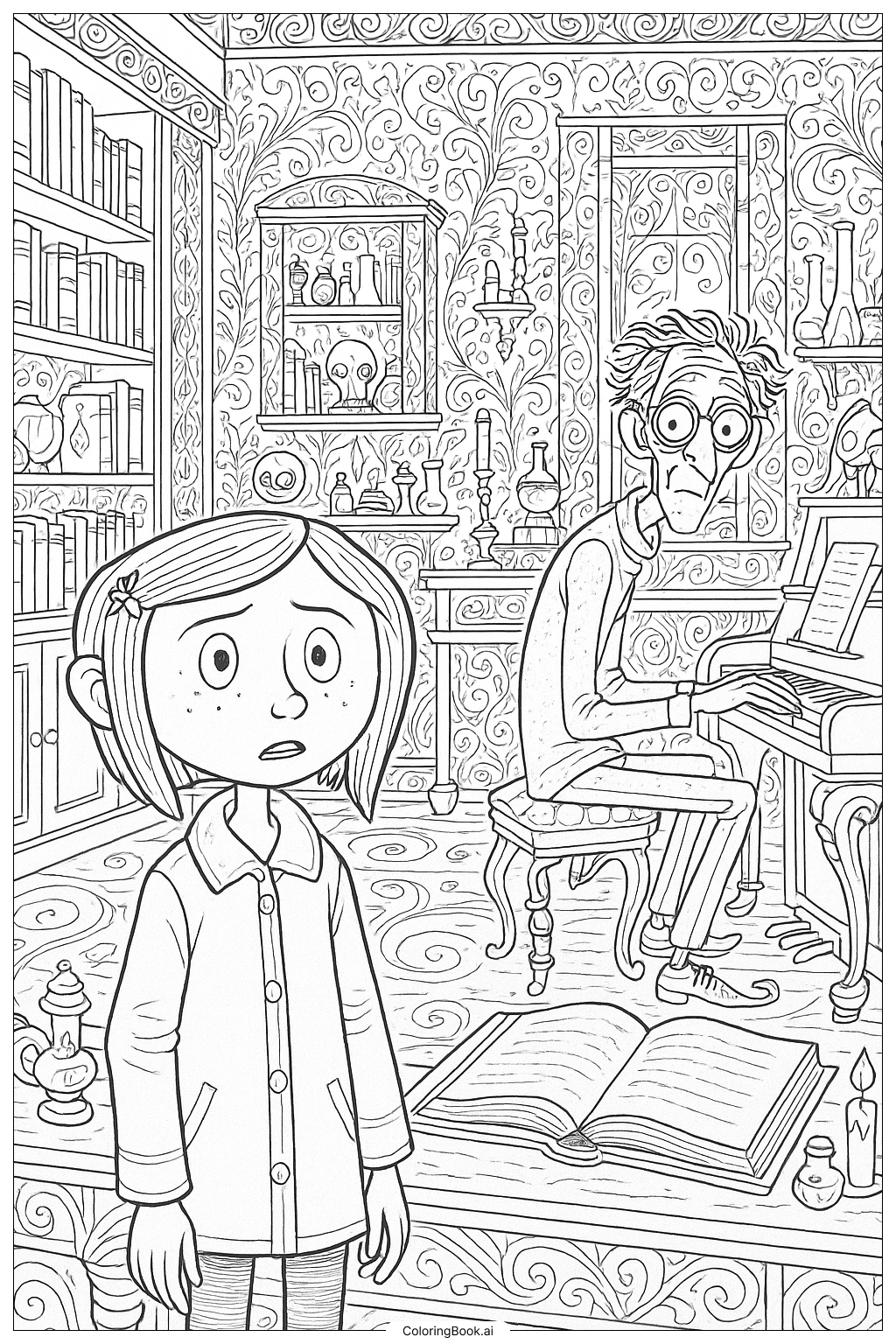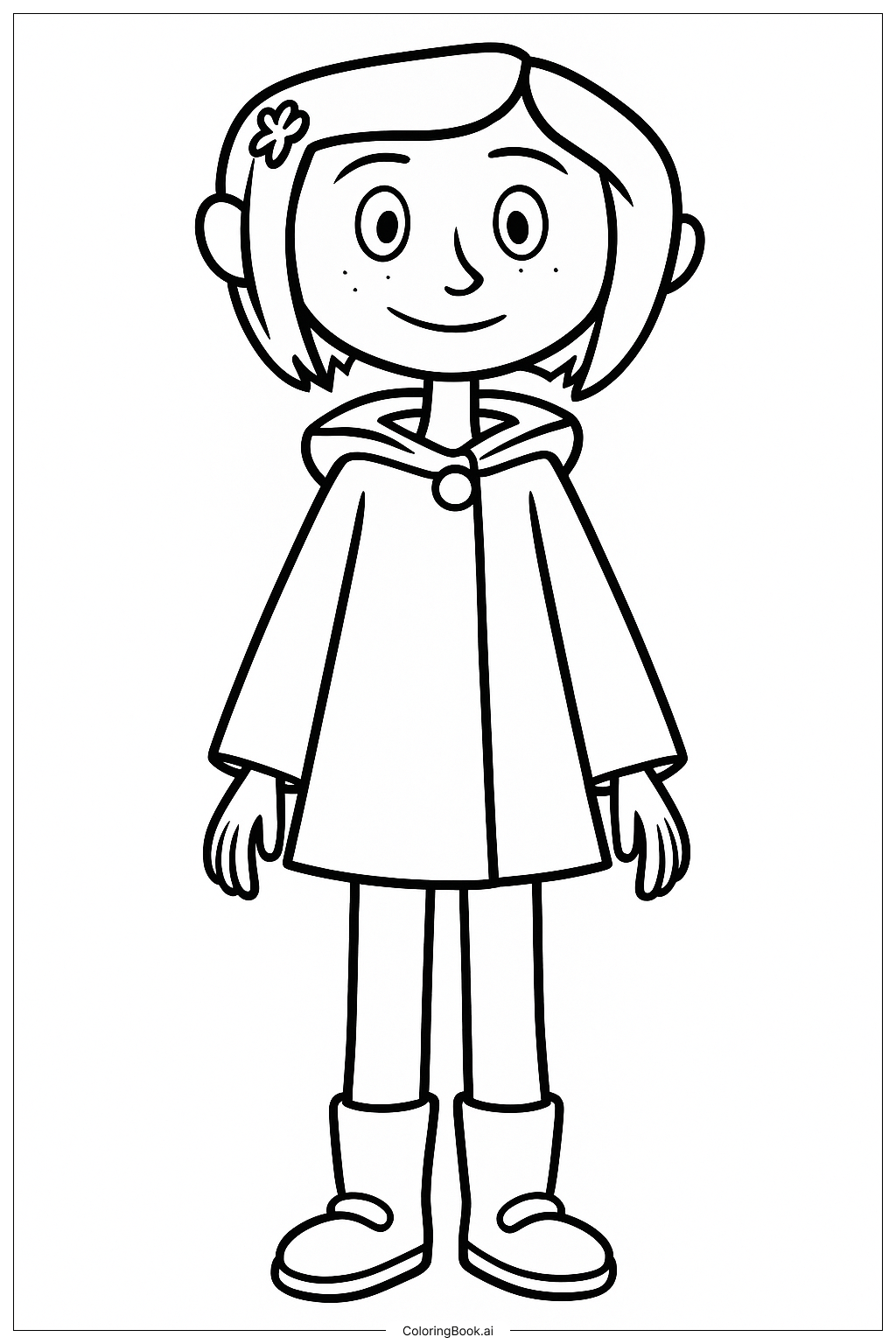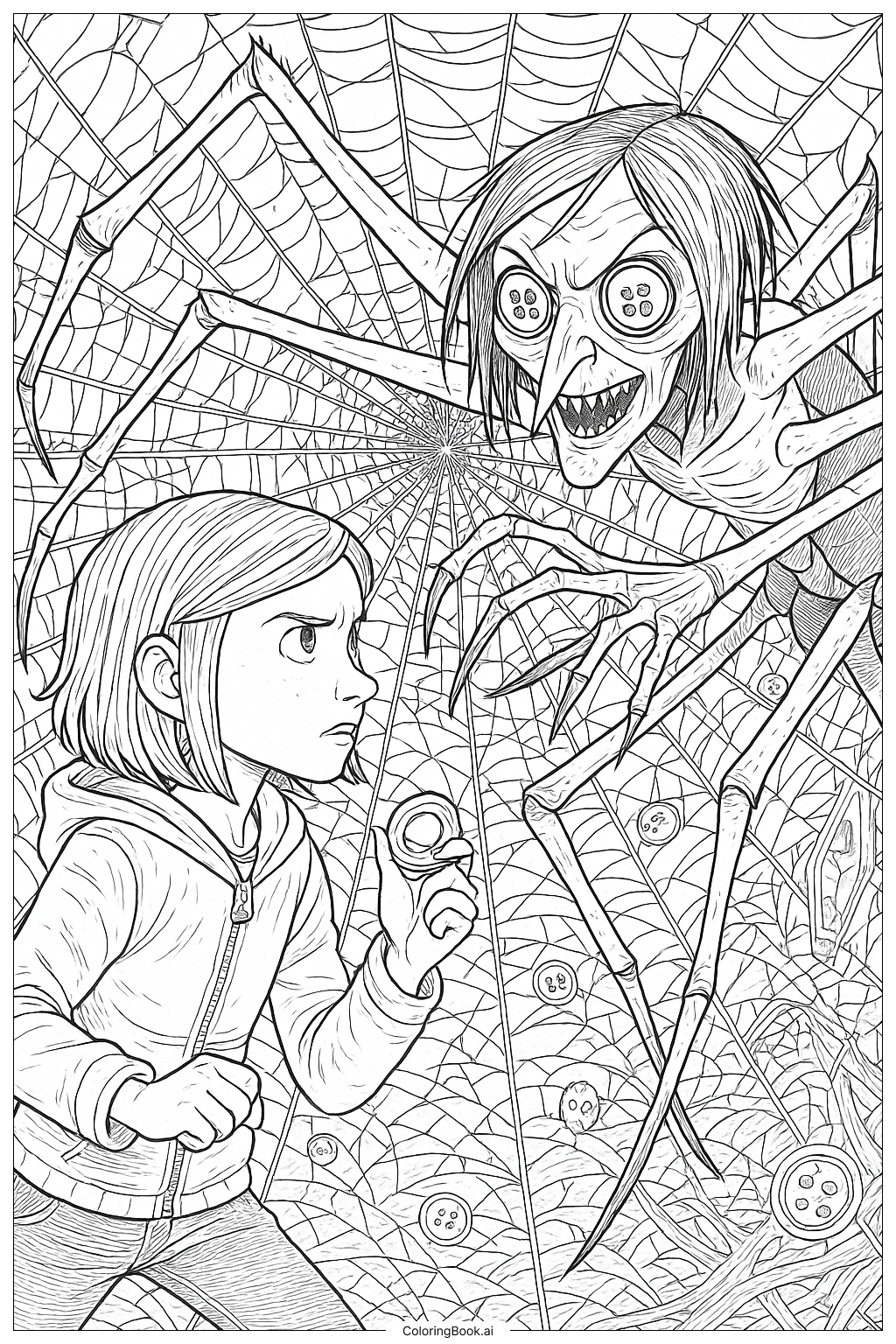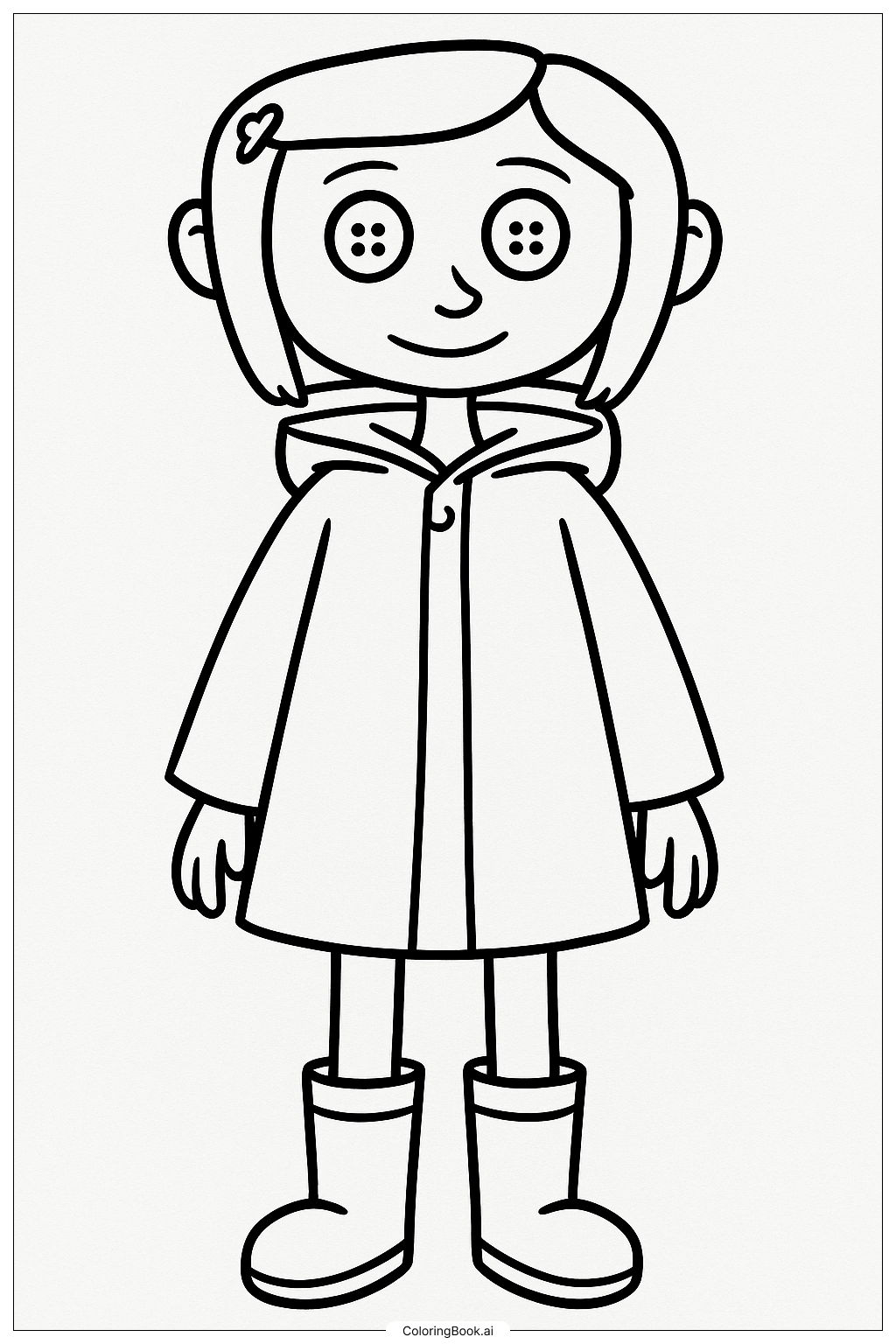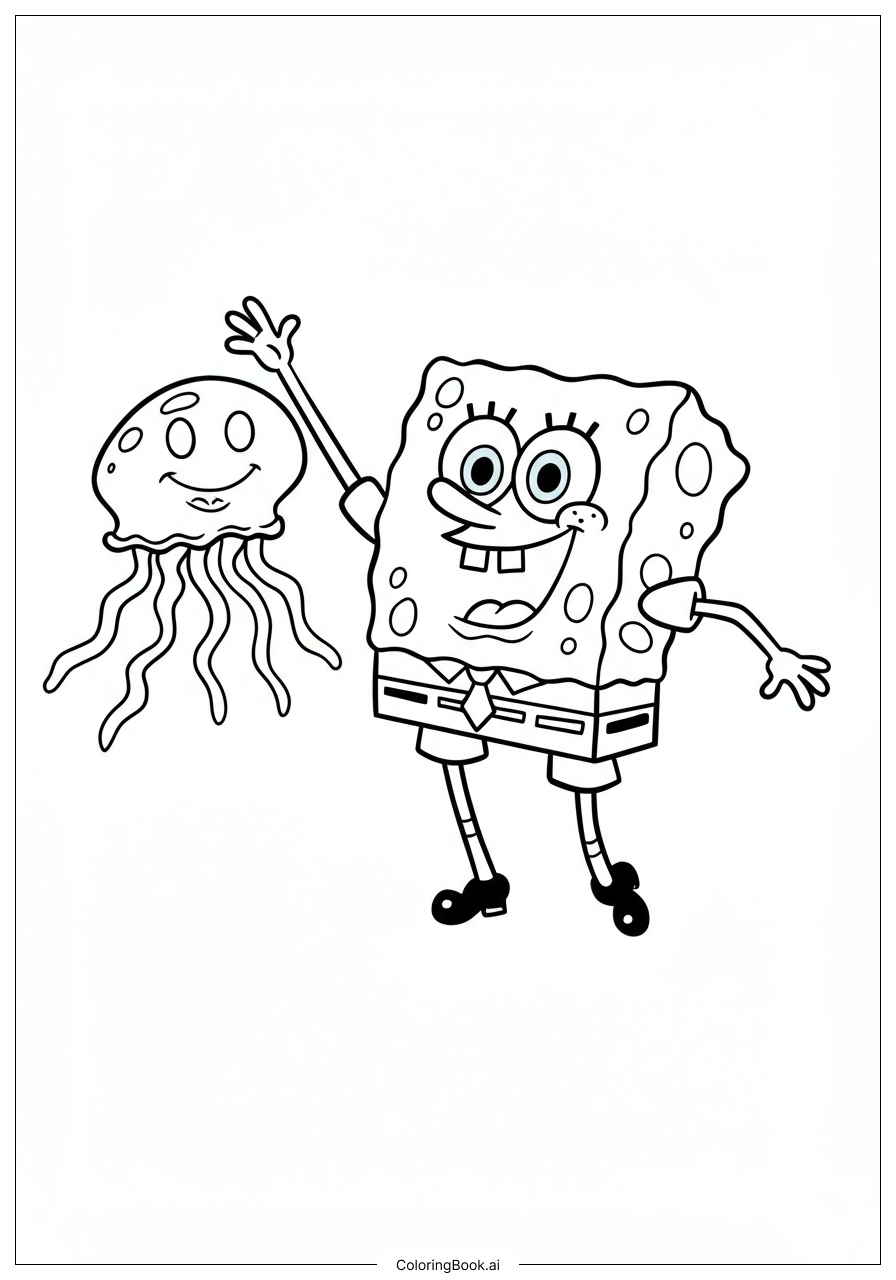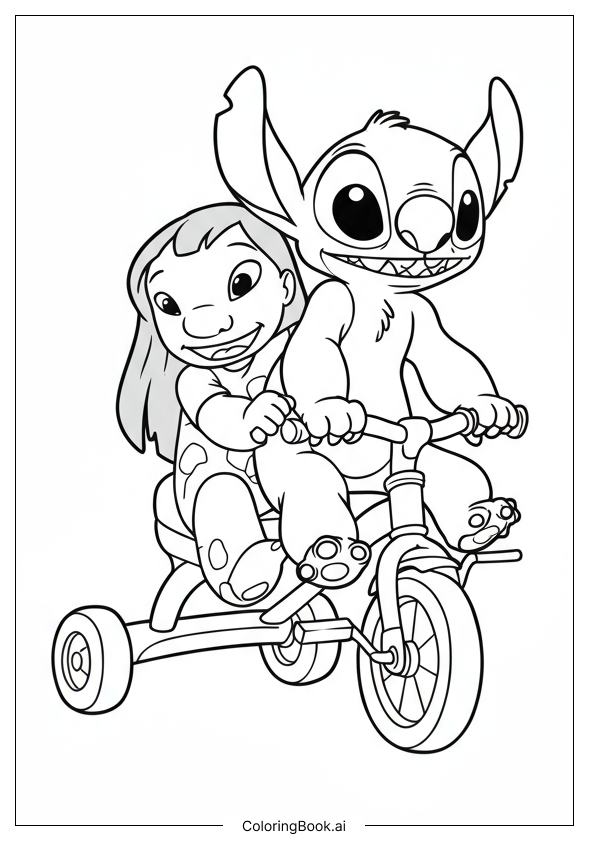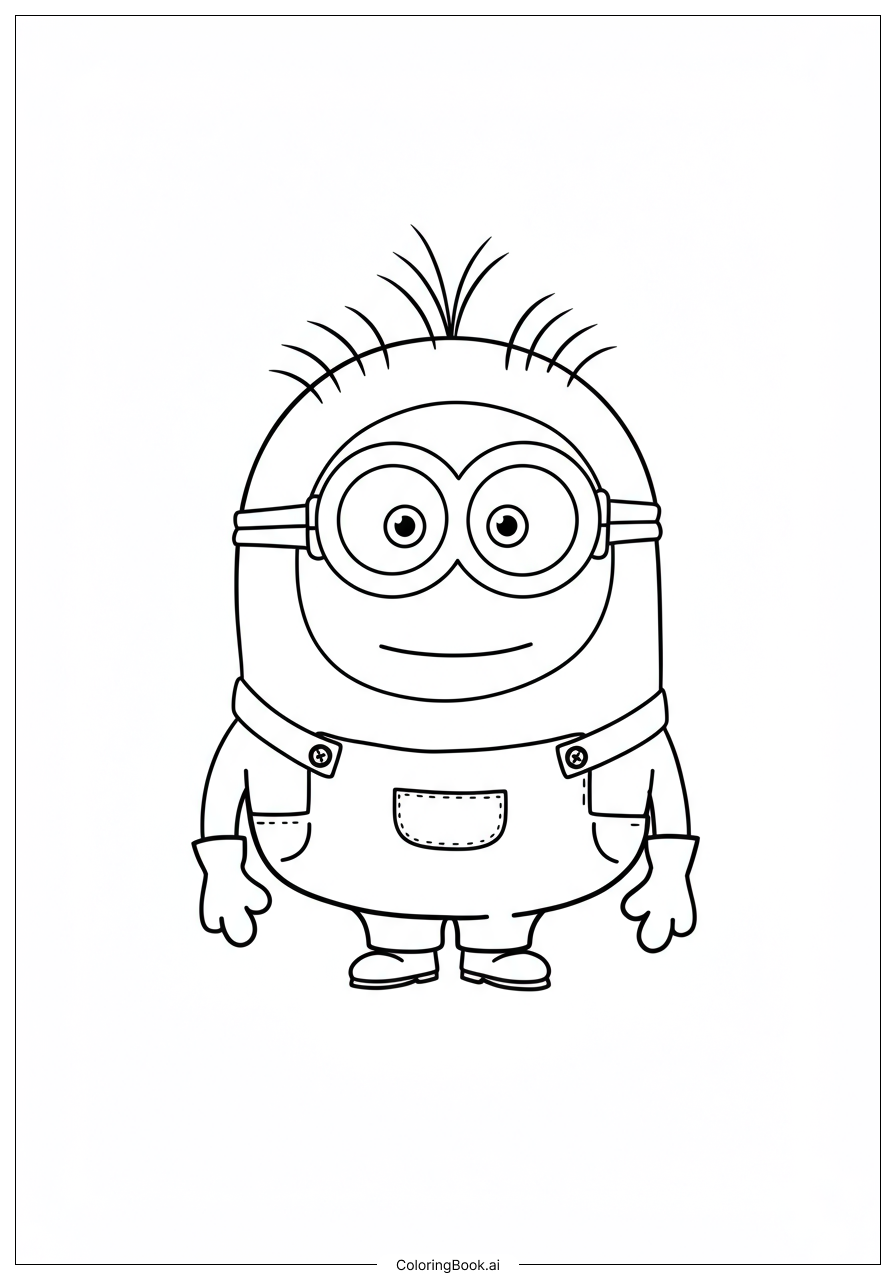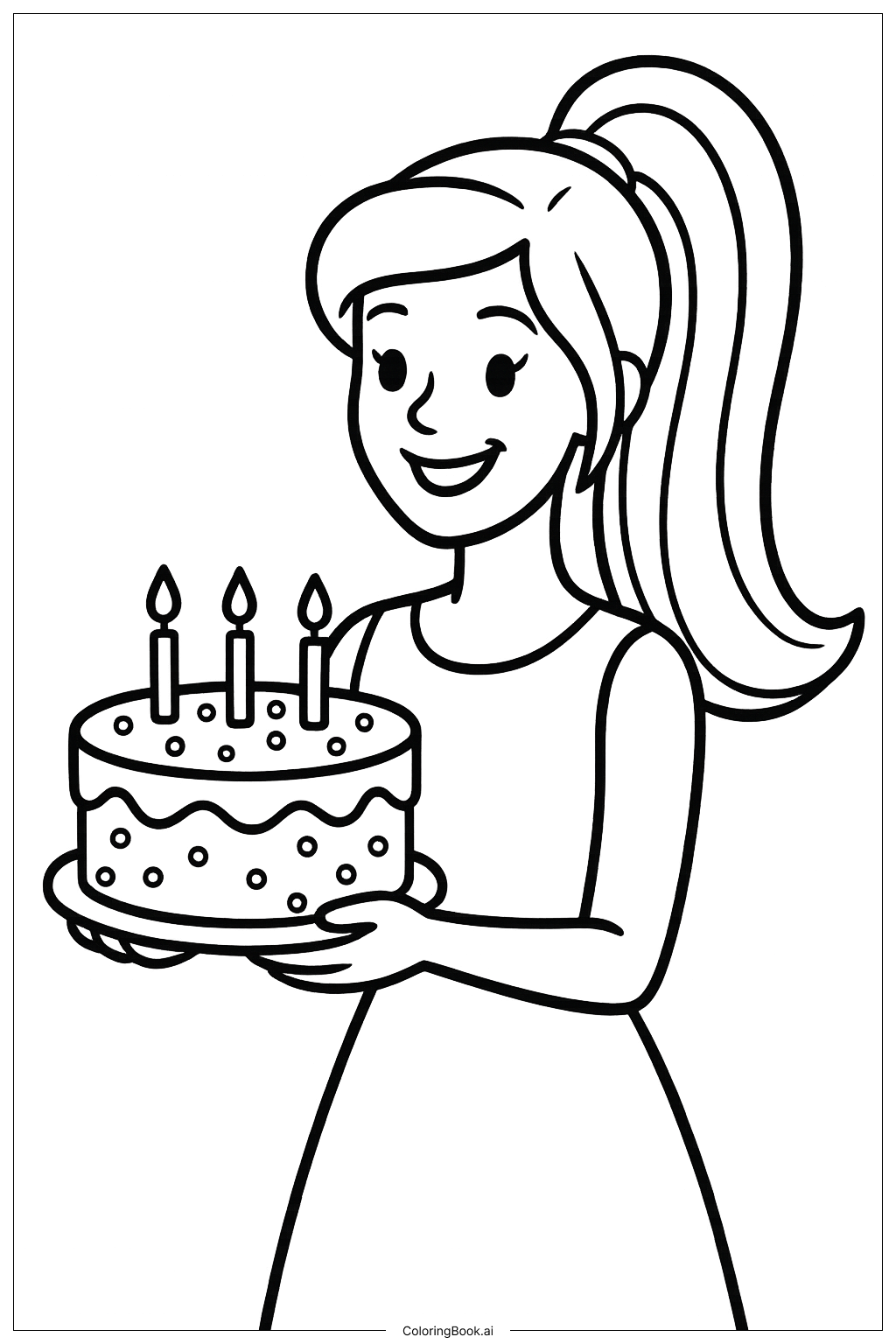Coloring tips: How to color Coraline Inside The Other Father's Study coloring page well?
Use bright and dark colors to show contrasts in the room. Coraline’s coat can be colored in light blues or pinks to make her stand out. The Other Father’s clothes can be colored with darker tones like gray and brown to show he is different. Use warm colors like yellow, orange, and red for the candles’ flames to make them glow. The bottles and objects can have different bright colors like green, purple, or blue to look mysterious. Try coloring the swirls on the walls and floor with gradient colors or soft pastels to add magic. Coloring the books on the shelf with different colors will make the scene rich and exciting.
Coloring challenges: Which parts are difficult to color and need attention for Coraline Inside The Other Father's Study coloring page?
1. Many small details: The room is full of tiny objects, books, and bottles which require careful coloring within small spaces.
2. Intricate patterns: The swirling designs on the walls and floor are complex and need patience to color neatly.
3. Different textures: You need to show the difference between skin, clothes, wood, glass bottles, paper, and candles with colors appropriately.
4. Balancing light and shadow: To create a magical atmosphere, you should add light effects from candles but also show shadows in the room.
5. Characters’ emotions: Coraline’s worried face and the Other Father’s focused look must be colored to keep their expressions clear and vivid.
Benefits of coloring books: Advantages of drawing Coraline Inside The Other Father's Study coloring page
Coloring this picture helps improve attention to detail because of the many small objects and patterns. It enhances hand-eye coordination and fine motor skills through careful coloring of tiny spaces. Children learn about using colors to show light and shadow, enriching their creativity and color awareness. The scene encourages imagination as kids bring the magical study room to life. Coloring the characters also helps children understand emotions by exploring how colors affect mood in a picture.
